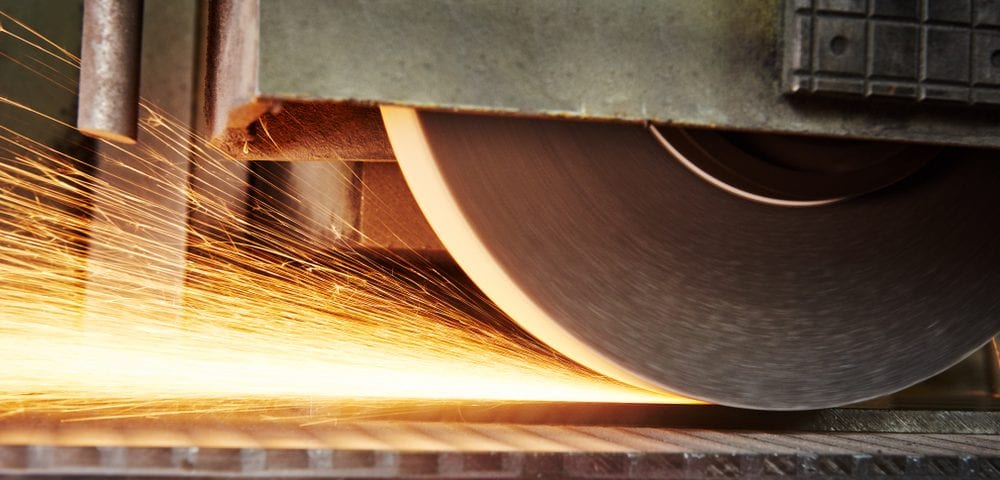Superfinishing Vs. Tumble Finishing: Superfinishing Basics

Why Carbon Steel is Important for Construction, Part 2
November 27, 2020
Superfinishing Vs. Tumble Finishing: Tumble Themes
December 11, 2020Finish is very important for many metals and their applications, including steel, and a common issue with milled metals is a finish that isn’t smooth or visually pleasing. This is particularly bothersome for public-facing structural applications, but there are a few common processes that can be used to remove these imperfections.
At Wasatch Steel, we’re happy to provide a wide range of steel products, from steel bar and tube to sheet steel and numerous others. We’ve also assisted our clients with numerous metal and steel processes, including two that are commonly used for surface imperfections like these: Metal superfinishing and metal tumble finishing. This two-part blog series will give you some details on both, including when it’s appropriate to use each and which is typically best for steel products.
Superfinishing Basics
Superfinishing is one of a few different mechanical material removal processes that can be utilized after another type of finishing or surface modification has already been completed. It involves removing the amorphous residual layer left from many of these previous processes, one that can create several imperfections on the surface. It’s regularly used in applications where surface finish quality is a major factor.
Superfinishing Process
The superfinishing process is carried out as follows:
- A stone or abrasive tape, both requiring extremely fine grit, is obtained for primary use (due to this fineness, superfinishing is only for smaller imperfections).
- The stone or tape is rotated against the metal, leading to a cross-hatched aesthetic (this is the major difference between superfinishing and polishing – the latter brings a completely smooth finish).
- In most cases, a lubricant will be used to reduce the heat from friction, limiting any risk of thermal damage.
Uses and Applications
As we noted above, superfinishing is a common process when one of the top priorities for the metal is appearance. Superfinished materials look fantastic in nearly every case, with their cross-hatching adding another aesthetic dimension that you can’t find from polishing. In addition, superfinishing commonly improves both the usable life and dimensional accuracy of metal parts, both due to limited friction and great seals.
As you may have guessed, the kinds of industries superfinishing is most commonly used in are those where metals are visible. The automotive industry is a primary example, with numerous metal pieces or components that are either partially or fully in view – both these and certain high-cycle parts, such as rods and shafts, will be superfinished to reduce their friction and increase their expected lifespan. The aerospace industry also commonly uses superfinishing for gears and other components.
For more on superfinishing for metals, or to learn about any of our steel products or services, speak to the staff at Wasatch Steel today.



